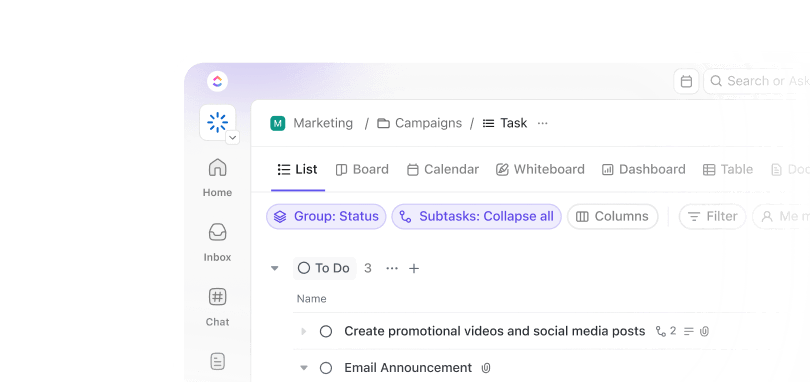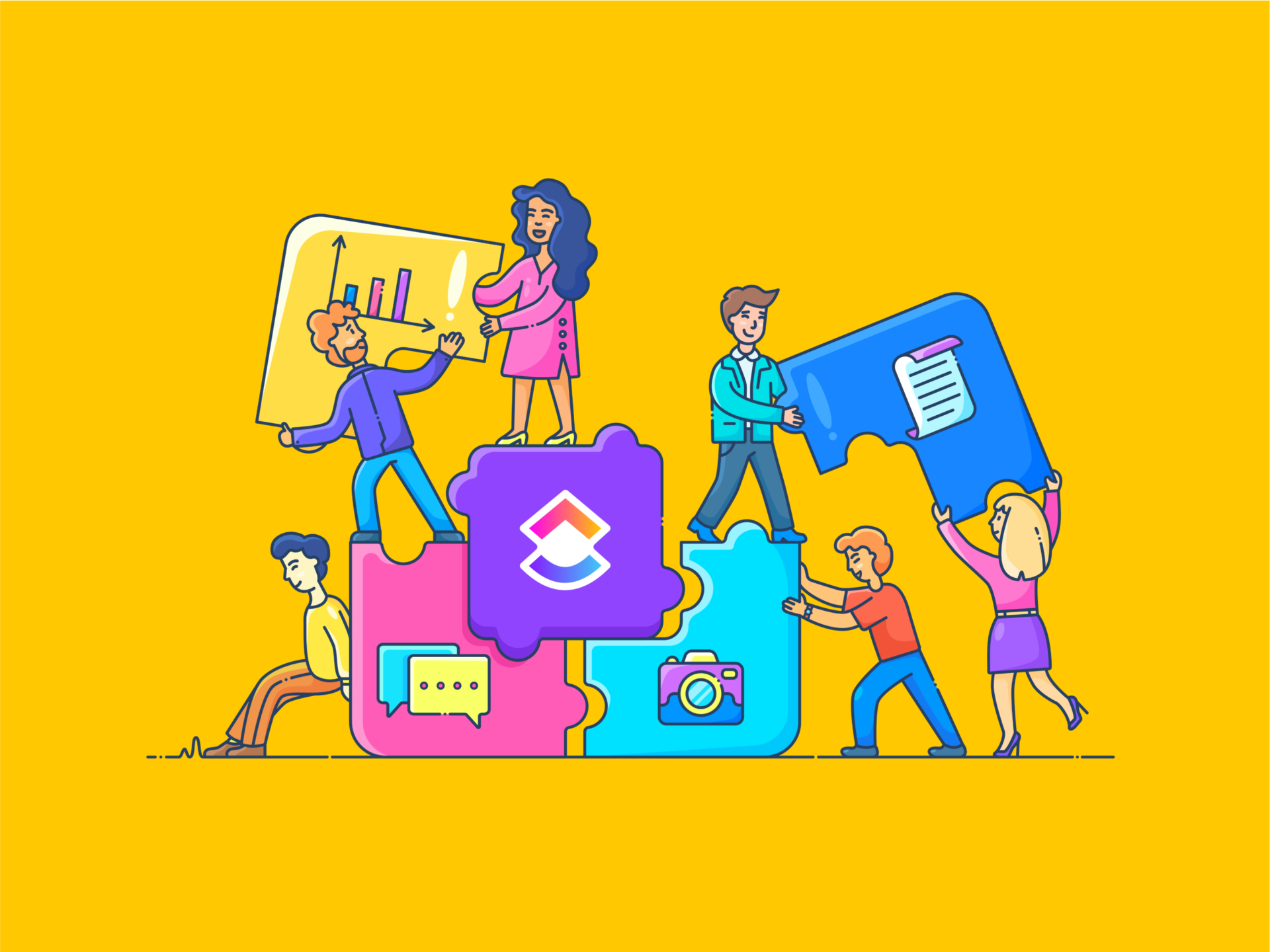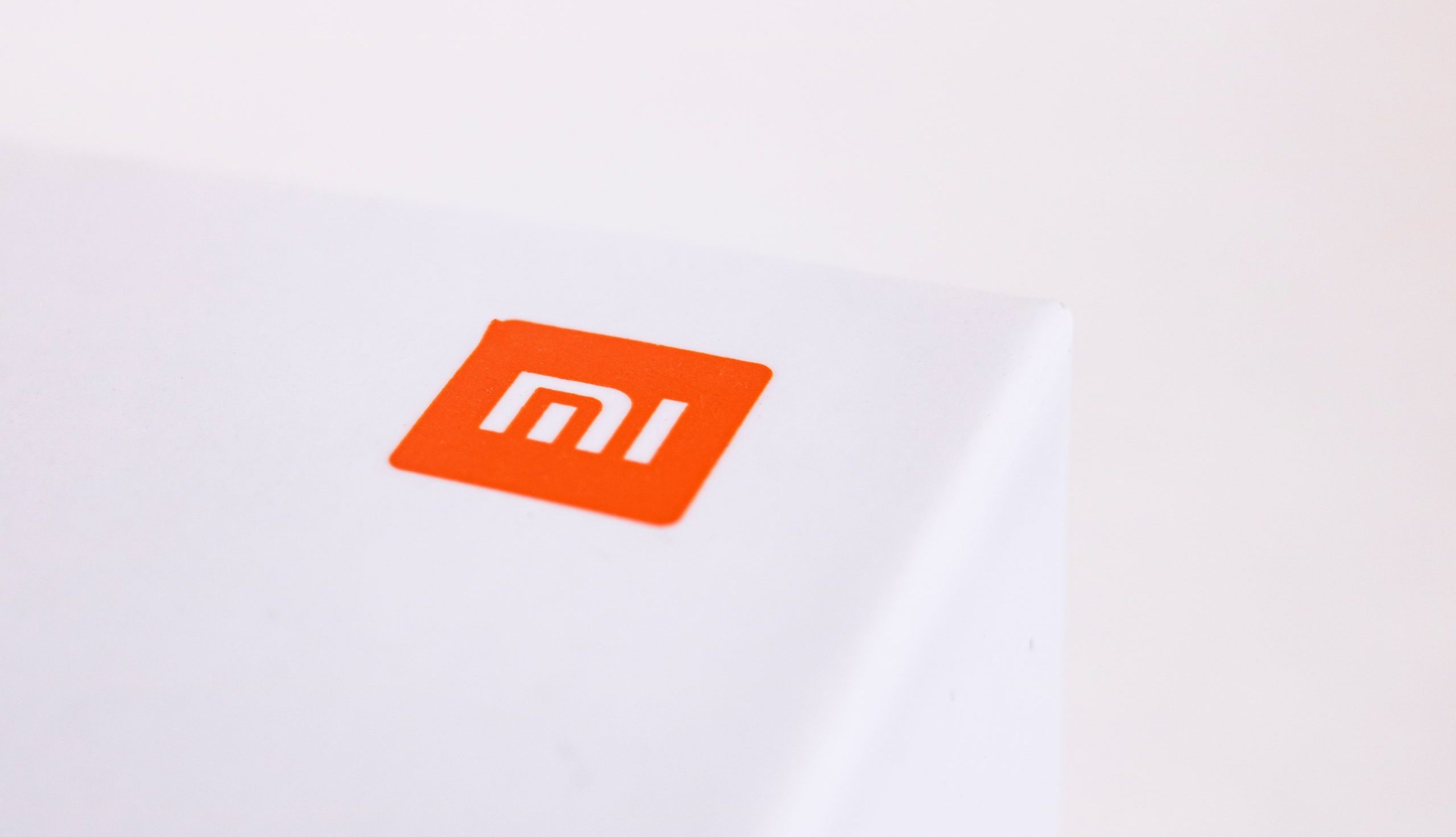In an Agile project, tackling every task on your to-do list can feel overwhelming unless you and your team have superhuman abilities.
It’s like being handed a treasure map with no “X” to mark the spot. Every spot looks promising, but you have no clue where to start digging.
So, what’s the secret to staying productive and tackling the most critical work first? It’s simple: backlog prioritization.
This clever strategy helps your team manage all the competing demands, ensuring that the most important tasks receive the spotlight.
In this article, we’ll look at the key ways to prioritize your product backlog and achieve your business goals.
How to Prioritize Product Backlog for Faster Product Delivery
⏰ 60-Second Summary
- Prioritizing the product backlog helps agile teams stay focused on high-value tasks
- The backlog is a dynamic list of tasks, features, and bug fixes for product development
- Key prioritization factors include customer feedback, business goals, market demand, technical feasibility, dependencies, risk, and team capacity
- Key team members in this process are product owner, Scrum Master, development team, and stakeholders
- Common prioritization techniques include Stack Ranking, MoSCoW Method, Value vs. Effort Matrix, Kano Model, RICE Scoring, and User Stories
- To prioritize effectively, understand product vision, apply agile techniques, break down large tasks, track progress, communicate with the team, and reassess regularly
- Tools like can simplify the process with customizable views, templates, and progress tracking to stay on top of your backlog
What Is a Product Backlog?
A product backlog is an essential scrum artifact—a list of tasks, features, and improvements the team tackles to develop a product. The roadmap keeps the team organized and aligned, ensuring everyone knows what needs to be done.
Here’s why a product backlog is crucial:
- Provides the flexibility to adapt: Can adjust to changes in market trends, customer needs, and organizational goals, keeping the team agile and responsive
- Builds a roadmap to success: Ensures you’re always working on what matters most and matches your efforts with business goals
- Acts as a go-to source for the team: Acts as the central reference point for the development team and keeps everyone on the same page
- Breaks down ideas: Transforms high-level concepts into clear, actionable tasks that are easy to work on
- Focuses on what matters: Keeps the team laser-focused on priorities that drive the most value, with minimal distractions
- Boosts collaboration: Provides visibility into tasks and progress, improving teamwork and communication across the board
- Helps prioritize work: Helps the team focus on tasks based on their importance, pushing the most valuable job to get done first
Agile Scrum’s product backlog is a dynamic list of desired features or plans. The sprint backlog focuses on the tasks the team will tackle in a given sprint.
Each sprint pulls tasks from the product backlog that align with the product roadmap, ensuring steady progress and continuous business value.
Understanding Product Backlog Prioritization
The product backlog is crucial in managing a product’s development in Agile. But, not all tasks in the backlog are created equal.
Imagine you’re a chef in a busy restaurant with a pantry full of ingredients (tasks). You can’t cook everything at once, so you prioritize based on the orders—some need more time, and others are quicker to prepare.
This is how backlog prioritization works. It’s about deciding which tasks should be tackled first, which can wait, and which may no longer be needed. It’s a balancing act between short-term fixes and long-term improvements, ensuring the most critical features are addressed first without losing sight of the bigger picture.
But before starting, you need to know the factors that contribute to the prioritization process.
Key factors to consider in prioritizing the product backlog
Prioritization focuses on tasks that will have the most significant impact on users and the business. Consider these factors:
- Customer feedback: What do your customers want most? Prioritize tasks that will make the most significant difference for them based on the customer requests
- Business goals: Does the task align with your company’s goals? Make sure the work you’re prioritizing supports long-term objectives
- Market demand: Do you need to respond to any pressing trends or competitor moves? The market’s demands can influence what should be worked on first
- Technical feasibility: Is the task technically possible right now? Some items might be more challenging to achieve due to resource constraints or technical limitations
- Dependencies: Some tasks can’t be done until others are finished. Keep track of dependencies and tackle the tasks that need to be completed first
- Risk and complexity: If something is risky or particularly complicated, it might be better to address it sooner so it doesn’t become a bigger problem later
- Resource availability: How much capacity does your team have? Make sure you’re realistic about what can be done based on your team’s availability and skills
👀 Did You Know: Businesses that focus on customer experience see an 80% increase in revenue, and those that prioritize it are 60% more profitable than those that don’t.
The role of different team members in prioritizing the product backlog
Product backlog prioritization isn’t a solo effort. It involves input from various product team members who each bring a unique perspective. Here’s how different team members contribute:
- Product owner: The PO leads the backlog prioritization process by considering business value, customer needs, and stakeholder input
- Scrum Master: The Scrum Master facilitates the process, ensuring the team follows Agile principles, removes impediments, and supports the PO in prioritizing tasks
- Development team: The development team provides technical insight into the feasibility and complexity of tasks, influencing priority based on effort, dependencies, and technical requirements
- Stakeholders: Their feedback and input, from both a business and customer perspective, ensure that the backlog reflects what is most important for end users and organizational goals
Effective Strategies for Prioritizing a Product Backlog
Product backlog prioritization is essential for ensuring your team focuses on the most critical tasks at opportune moments. It enables faster value delivery to customers while ensuring resources are used efficiently.
Here are some practical backlog prioritization techniques:
1. Stack ranking
Stack ranking is a simple but effective method for ranking your backlog items from the most important to the least important.
Divide your tasks into:
- High-priority items: These sit at the top of your backlog, getting attention first
- Low-priority items: These are placed at the bottom and can be revisited once the more urgent tasks are completed
This keeps things straightforward, helping your team focus on what truly matters and delivering value quickly.
📍Example:
Imagine you’re the product manager for a mobile banking app. Your team is juggling several feature requests, including:
- Biometric login improvements (High priority – enhances security and user experience)
- Dark mode UI update (Medium priority – improves aesthetics but doesn’t impact functionality)
- Customizable app themes (Low priority – a nice-to-have feature, but not essential)
By using stack ranking, you ensure the security update gets addressed first, followed by usability enhancements, while aesthetic updates wait until core functionalities are in place. This way, your team stays focused on delivering maximum value without getting sidetracked by less critical tasks.
2. MoSCoW method
The MoSCoW method is a straightforward way to categorize your backlog items. Add them into four categories:
- Must have: Critical features essential for the product to function properly
- Should have: Important but not critical features that can enhance the product
- Could have: Nice-to-have features that are not urgent
- Won’t have: Features that are not necessary for the current iteration
With this, your team is better focused on timely features.
💡Pro Tip: MoSCoW is frequently combined with timeboxing, where a set deadline forces the focus to remain on the most critical requirements.
3. Value vs. Effort Matrix
This method evaluates each item based on how much value it delivers and how much effort is required to implement it. Add your tasks into four quadrants:
- High value, low effort: Prioritize these items; these have the greatest return on investment
- High value, high effort: Important but may require more resources.
- Low value, low effort: Considered for quick wins or low-priority
- Low value, high effort: Least prioritized due to high cost and low return
4. Kano model
No wonder keeping customers happy is one of the top commandments for business success.
The Kano Model is a way of categorizing product features based on how they impact customer satisfaction.
It divides features into five categories:
- Basic needs: The must-haves—if they’re missing, customers will be disappointed, but having them doesn’t necessarily wow anyone. For a fitness-tracking app, users expect step counting to be present, and its absence would be a dealbreaker
- Performance needs: These improve customer satisfaction the more you deliver, like faster syncing of the app with wearable devices—users appreciate it when it’s fast, and the quicker it gets, the happier they are
- Excitement needs: The delightful surprises that surpass expectations for customers. In our example, these would be AI-powered personalized workout recommendations—customers don’t expect this, but when they discover it, they’re thrilled
- Indifferent needs: Features that don’t matter much to users. Customizable app icon colors are an example—some users might change it once, but it doesn’t significantly impact their experience
- Reverse needs: Features that some customers might love, but others find annoying, for instance, always-on social sharing for each workout
Using the Kano Model helps prioritize what to work on next!
👀 Did You Know: A survey by the Scrum Institute revealed that teams that consistently hold grooming meetings see 50% fewer defects in their software releases compared to those that skip this essential practice.
5. RICE scoring model
The RICE Scoring Model can support backlog prioritization based on four key factors. Here’s how it works:
- Reach: How many people will this feature affect? The higher the reach, the more significant the impact
- Impact: How much will this feature improve the user experience or move the needle for the business? A high impact means big rewards
- Confidence: How confident are you in your Reach, Impact, and Effort estimates? The more confidence you have, the more solid your decision
- Effort: How much time or resources will this feature require? The less effort, the better the return
By assigning scores to each factor and calculating the total, you can quickly determine which initiatives are worth investing in.
6. User stories
User stories describe a feature or function from the perspective of the person using it. They help teams focus on what needs to be built and why it matters.
📌 For example: As a shopper, I want to save my credit card information so that I can check out faster next time.
User stories are vital because they focus on the user’s needs, ensuring that every feature contributes to solving a real problem.
How to Prioritize a Product Backlog
While the specifics might vary from team to team, the following steps generally apply when it comes to effectively prioritizing a product backlog:
Step 1: Understand your product vision and goals
Before dipping into your backlog, it’s crucial to understand your product vision and goals. As a scrum artifact, your backlog must align with those goals to focus on the most impactful features.
Your vision must continue to be the north star that guides every decision. Ask yourself: How will each feature contribute to the bigger picture? Ruthless prioritization ensures that only the most valuable tasks reach the top.
Setting up your project on a product backlog management tool like simplifies this process. Add your roadmaps and sprints to this everything app for work to get started quickly.

for Product Teams offers robust product management features, helping your team better define goals, track progress, and sync backlog items with your vision.
Need a hand getting started? Start working with the Backlog Template. Perfect for beginners and seasoned users, it streamlines the PO’s backlog creation and categorization process.
Your team can use the Ticket Submission Form on the template to add their priority items within seconds. The PO—and the rest of the team—can then use six pre-built views to read through the items and prioritize them.
💡Pro Tip: If you’re new to backlog management, product backlog templates can be a helpful starting point. They give you readymade frameworks and best practices that you can start implementing right away, saving time and eliminating roadblocks.
Step 2: Prioritize using agile techniques
Now that you know the most impactful Agile prioritization techniques, choose one, such as the MoSCoW or the Kano mode, to begin categorizing your backlog items.
Make sure to include feature prioritization in your project. This enables your team to analyze customer needs and requests, business goals, and technical feasibility.
These methods help you identify which features offer the most impact and which can be deferred, ensuring the most valuable features are delivered first.


offers various tools to simplify prioritization. With Task Priorities, you can easily assign tasks High, Medium, or Low priority levels and sort or filter them accordingly, so nothing important slips through the cracks.
With ’s Custom Views, you can visualize tasks grouped by priority in Kanban Boards or Lists, use Gantt charts to analyze dependencies and timelines, and monitor workload and capacity planning with the Team view.
Step 3: Break down large tasks into smaller, manageable pieces
Once you’ve prioritized your backlog, you’ll probably find out that some tasks are too large or complex to qualify as a single unit of work.
For scrum project management, breaking down these overwhelmingly large tasks into smaller, more manageable subtasks is essential. Build complex feature sets and deploy the more extensive bug fixes by creating Tasks and subtasks that can be completed in a single sprint.
For instance, instead of pursuing a vague task like “Build payment gateway,” break it into actionable steps such as “Set up payment API,” “Design checkout page,” and “Test payment functionality.”
Smaller tasks are more straightforward to assign, track, and complete, keeping momentum high.


And once you’ve set your subtasks in place, leverage the magic of Automations.
Set up automatic alerts and notifications to alert your team when vital tasks and subtasks have progressed. Automations can also remind team members of upcoming due dates so nothing falls through the cracks.
💡Pro Tip: Need a robust backlog template for tracking effort-intensive tasks and moving targets? The Sprint Backlog Template will have you up and running in no time.
Step 4: Keep track of the progress
Tracking progress is key to managing your backlog and ensuring your team moves forward as planned. It’s not just about knowing what’s been completed but also about spotting potential roadblocks early and making adjustments as needed.


One way to do this effectively is to work with Dashboards to give you a real-time overview of your team’s progress. You can create custom dashboards to track the status of each task, feature, or sprint. This allows you to measure sprint velocity, identify blockers, and adjust course as needed.
Step 5: Communicate and collaborate with your team
Effective communication and collaboration are at the heart of any successful agile project. Once you’ve prioritized and broken down tasks, keeping the conversation going is crucial. Regular check-ins, feedback loops, and open communication channels help ensure everyone stays aligned and focused on the same goals.
📮 Insight: About 41% of professionals prefer instant messaging for team communication. Although it offers quick and efficient exchanges, messages are often spread across multiple channels, threads, or direct messages, making it harder to retrieve information later.
With an integrated solution like Chat, your chat threads are mapped to specific projects and tasks, keeping your conversations in context and readily available.
Each folder or project in automatically receives its own chat channel. This organization allows for focused discussions related to specific projects without cluttering general chats.


Chat leverages AI to enhance productivity. Features like AI CatchUp summarize missed conversations, while AI Task Creation can automatically generate tasks from chat messages, streamlining workflows.
You can pin important messages to tasks for easy reference, and FollowUps help track action items from conversations, ensuring that critical discussions lead to actionable tasks.
Step 6: Assess and adjust the backlogs consistently
Agile teams know that flexibility is key. The product backlog isn’t a one-and-done task—it needs regular reviews and adjustments to stay aligned with changing priorities, market demands, or new insights.
Regular backlog grooming also aligns your priorities with your product vision and goal.


Consistent assessments allow you to re-prioritize items, add new tasks, or remove outdated ones. With ’s task management, you can easily adjust your backlog, move tasks around, and add new items.
Set up recurring reviews or sync with your sprint schedule to ensure your backlog stays relevant and current. Real-time updates and notifications inform your team of any changes, keeping everyone focused on the most critical tasks.
When all is said and done, setting up sprints can be just as challenging as running them. With the Backlogs and Sprints Template, your PO can rest easy knowing all key tasks are covered.
If you’re a Scrum Master looking for a template that keeps your backlog aligned and runs sprints and sprint retrospectives in one place, this is perfect for you.
Its three-pronged approach helps you establish clear priorities, build organized backlogs, and share updates with teammates and developers—all within a single document.
Effortlessly Prioritize Your Backlog with
In an Agile team, your product backlog should be a powerful asset. But, without constant updates and proper prioritization, it can hold your team back. That’s where steps in to make all the difference!
takes the stress out of backlog management by offering intuitive tools for organizing, prioritizing, and updating tasks.
With features like drag-and-drop prioritization and customizable fields to highlight top priorities, makes it easy to stay organized. Collaborative spaces also allow for seamless team input, turning your backlog into a powerful engine for success, not a roadblock.
Ready to elevate your backlog management and boost team productivity? Sign up for today and start prioritizing like a pro!


Everything you need to stay organized and get work done.













